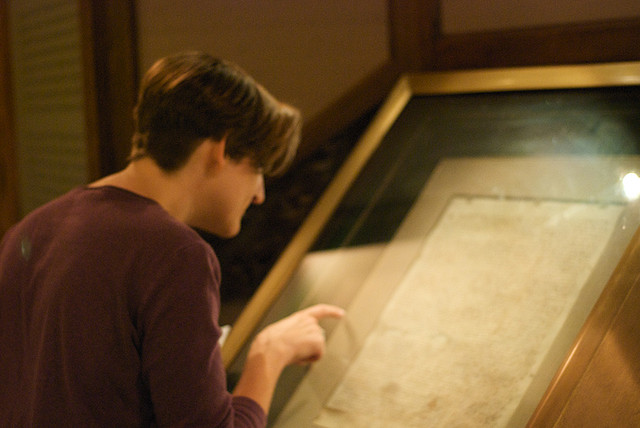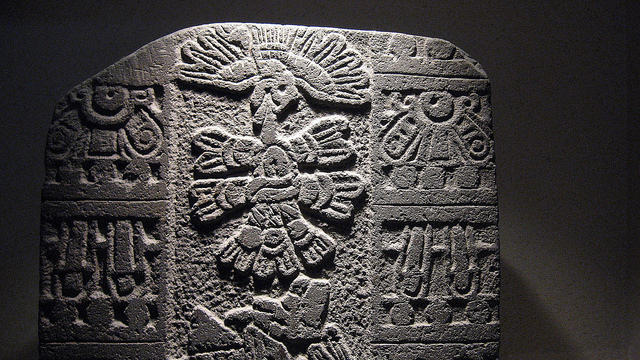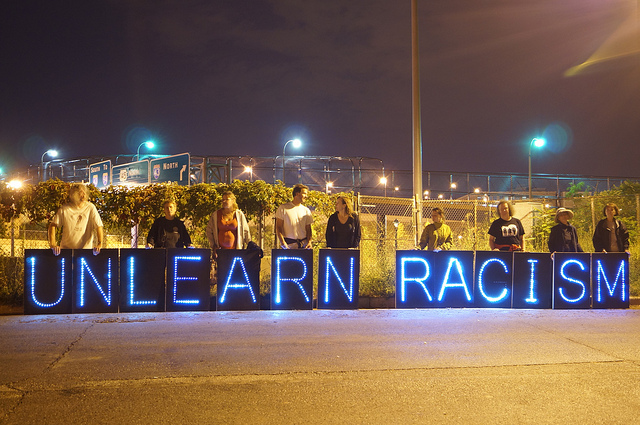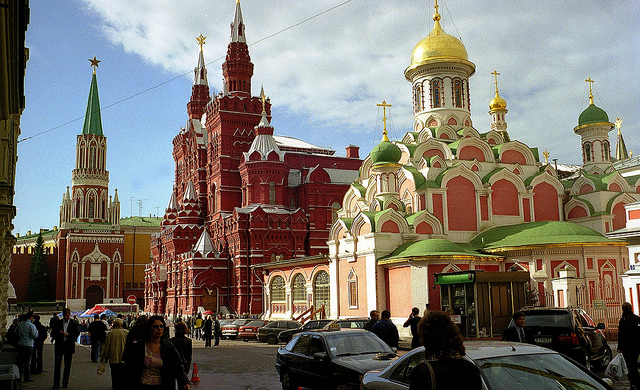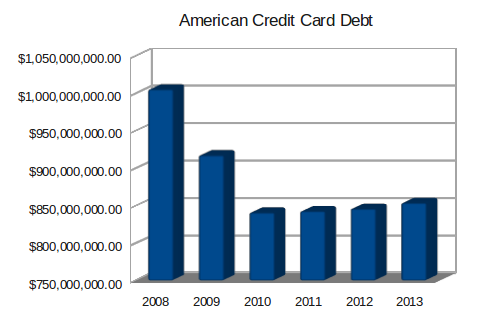10 Facts You Should Know About the Magna Carta
9. Nobody knows who wrote it
We know who signed it, but we’ll never be sure who wrote it. The Magna Carta was an agreement between King John and a group of English barons in response to years of the king’s misrule and excessive taxation. Despite a closing line suggesting the charter was “Given by [John’s] hand,” the charter was more or less forced on him by the barons. Many 19th-century historians suggested that the charter was written by one of its most influential signers, Archbishop of Canterbury Stephen Langton. However, the document’s exact wording was likely the product of months of back-and-forth negotiations between the king and his noblemen.
Though considered a founding document, the Magna Carta had plenty of precedents. The roots of the Magna Carta are found in other charters granted by English kings at the beginning of their reigns. In 1100, Henry I had issued a 20-clause coronation charter, promising to rule justly, offer the church greater financial freedom and reduce royal meddling in the marriages and family inheritances of his barons. Although Henry kept few of these promises, his charter nonetheless served as a basis for the barons’ negotiations in 1215. The Magna Carta was unique, however, in several respects, including its length and detail, its timing (it had been 60 years since the last royal charter) and the fact that it was not an offering by the king to his nobles but a demand by the nobles to their king.

